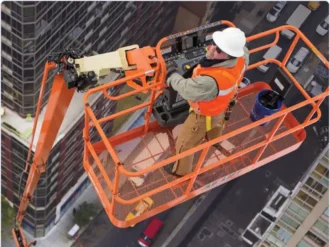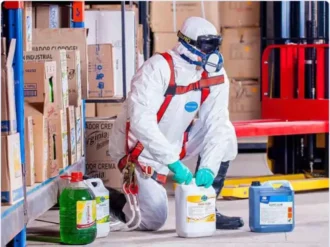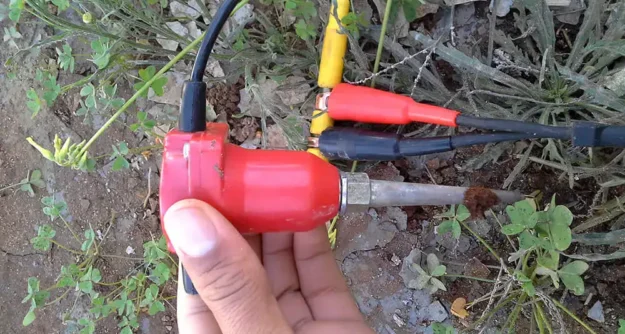Introduction
Although the end-result of a landscaping project is undoubtedly beautiful, the work itself is arduous and dangerous. From insect bites to pesticides, chemicals, working at height, and the use of power tools, landscaping employees are exposed to many risks on a daily basis. To reduce the number of incidents and minimize possible injuries, all workers must receive appropriate safety training.
Potential Hazards
The most common risks associated with landscaping include:
Poor Handling of Vehicles or Machines.
Tillers, mowers, blowers, trenchers, and other power tools are essential for landscaping, but can become hazardous if mishandled or in poor condition. Furthermore, some landscaping work – and tree care, in particular – requires employees to use aerial lifts and other boom-supported platforms to reach the necessary heights. Such vehicles can become dangerous for both operators and nearby people and workers if they are not correctly maintained and used.Exposure to Pesticides and Chemicals.
Like in agriculture, landscaping workers are frequently exposed to pesticides, herbicides, and other chemicals that they must use in order to shape the fauna and flora of a specific area. In the absence of proper protection, these hazardous substances can lead to long-term health issues such as cancer and Alzheimer’s disease.Exposure to Insect Bites and Animal Droppings.
Landscapers who frequently clean up waste, leaves, or dust may become exposed to mouse or bird droppings. Certain microorganisms in bird droppings may cause psittacosis, whereas mice carry the hantavirus, which can cause severe infections. The West Nile virus and Lyme’s disease are equally concerning risks and may be caused by mosquito and tick bites, respectively.Extreme Weather Conditions.
Landscaping employees may be required to work in very cold or very hot environments. Both of these situations present serious risks, from dehydration, hypothermia, and frostbite to heat stroke, exhaustion, cramps, and rashes. Workers may also face rapidly changing weather phenomena, such as thunderstorms or hail, and can become injured if they are unable to find shelter in time.
Incident Prevention
To protect themselves against work-related injuries, landscapers must first become aware of the dangers associated with their work environment. Handling a certain power tool or vehicle, for example, should only be permitted once the employee has been rigorously trained to do so.
In addition, personal protective equipment plays an important role in most types of accidents. The right gear can minimize the damage caused by falls or mishandled equipment, but also the exposure to airborne hazardous substances and insect bites. Workers must avoid loose clothing and ensure that their bodies are covered at all times. When protective clothing is not an option, insect repellent should be used instead.
Finally, landscapers must be aware of the effects that weather can have on their well-being. Working in the heat or cold can put additional stress on the body and must not be done lightly. In areas where extreme weather patterns are common, employees must always know where to seek shelter in case of an emergency.
Recommended Safety Courses



What You Can Do to Stay Safe
As a landscaper, the best way to maintain your safety and that of your colleagues is to ensure that you are rigorously trained to face the potential hazards associated with your line of work. In Canada, your employer is required by law to provide access to the necessary safety training for you and your co-workers. You can then use the strategies you learn during these courses to improve your work routine and protect your health.
To consult a comprehensive list of safety courses best suited for a landscaper, please navigate to our Agriculture and Food industry page.

